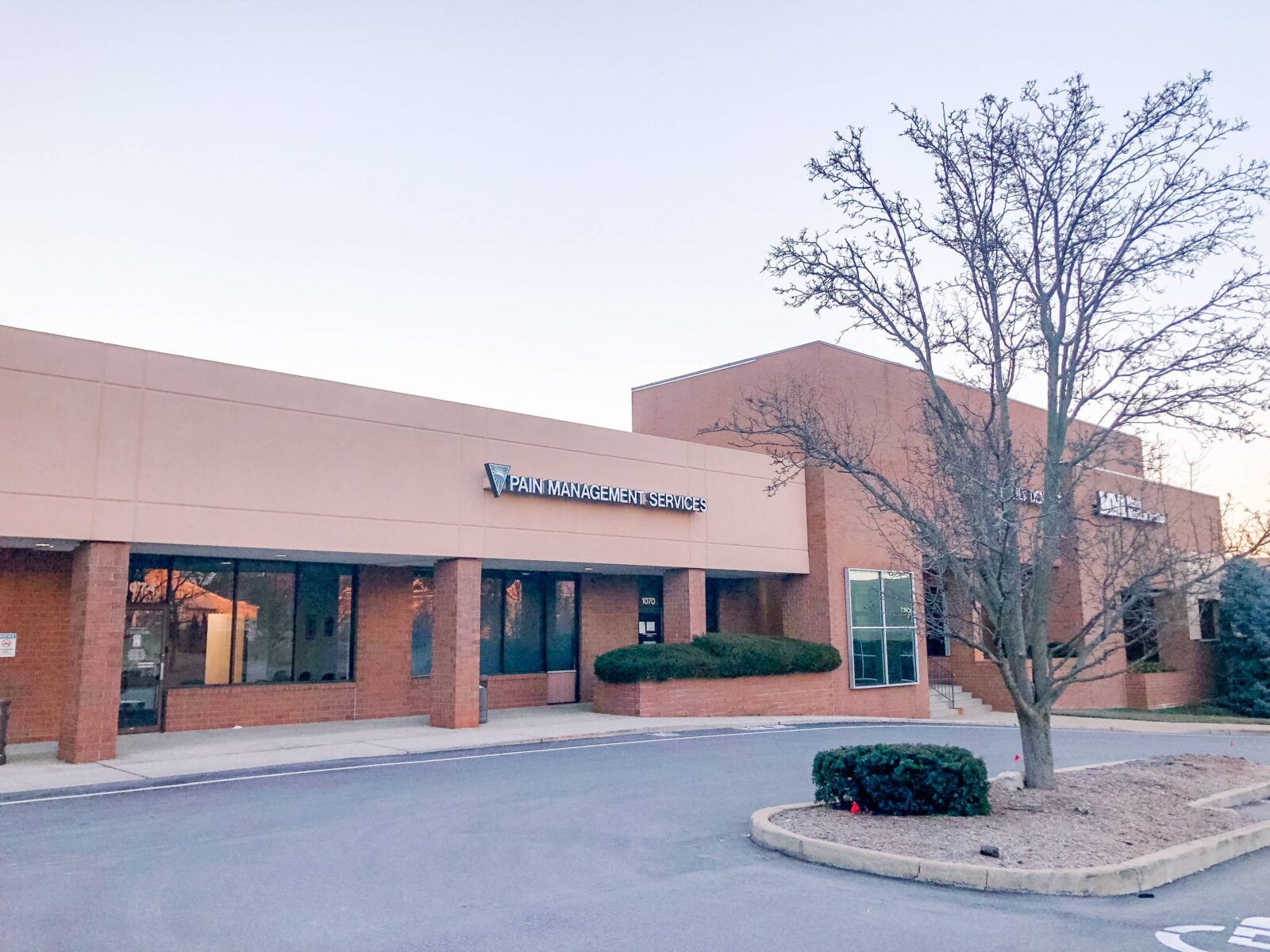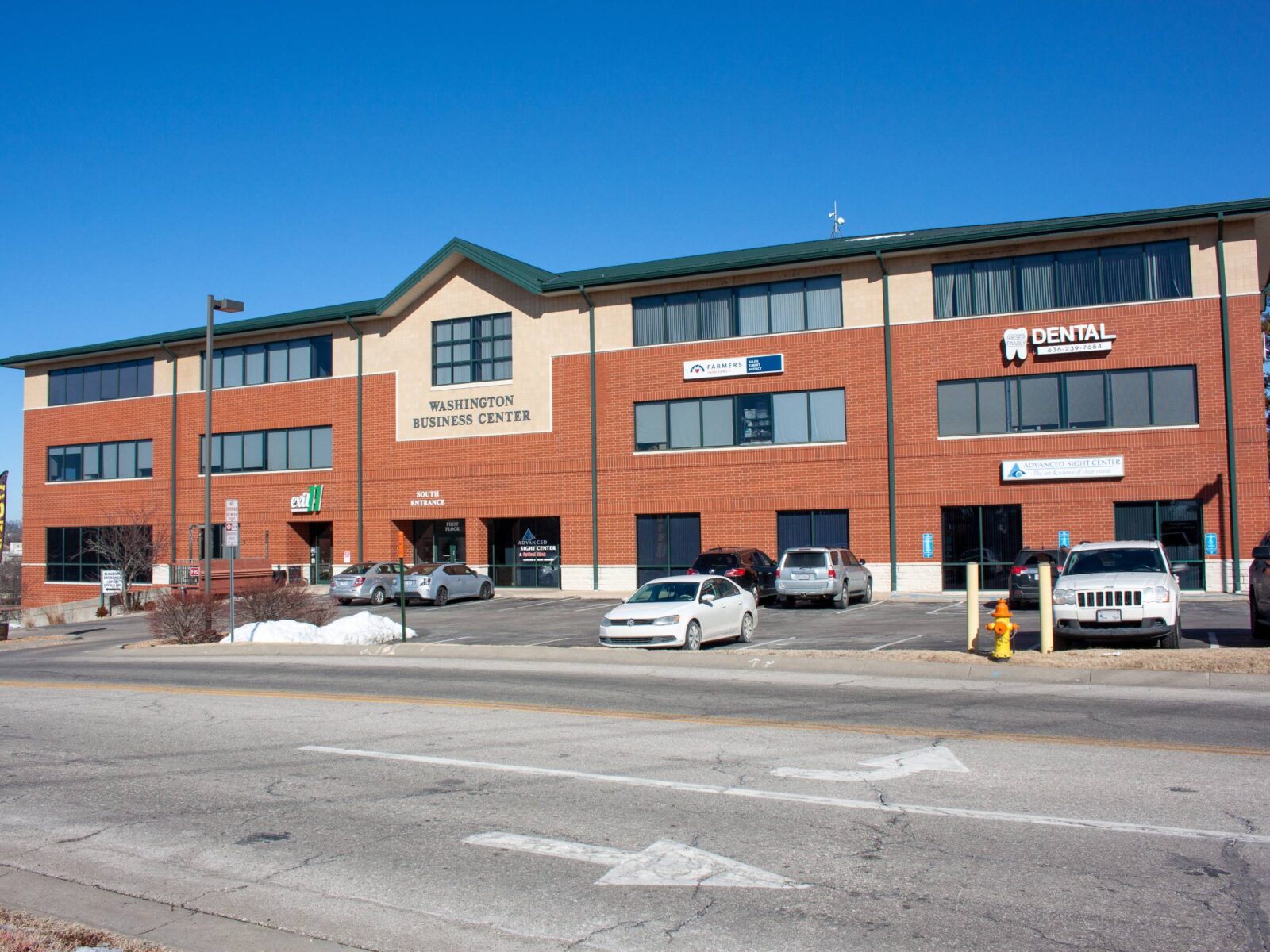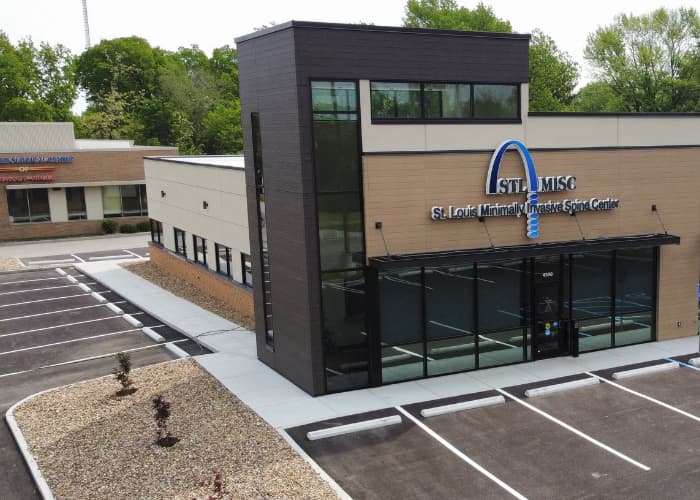Most individuals will agree that the human body is far from ideal. Despite centuries of medical advancement, there are still some common ailments and events that we do not entirely comprehend. These include benign tumors, uterine fibroids, and sporadic, unexplained nerve discomfort. Ablation therapy is frequently used to treat these conditions, but many people need help comprehending what it is and how it works. Many people wonder what ablation therapy is, and to make wise choices regarding one’s health, it is crucial to have a thorough grasp of the procedure.
What can Ablation Therapy do for You?
Numerous times, a patient may report pain without a known cause, or it may take weeks or even months of diagnostic work to pinpoint the actual cause. It can occasionally be a remarkably uncommon condition. Sometimes it’s even something harmless like random development. Ablate is a word for demolish. Ablation treatment is a clinical term for targeted tissue removal, typically using a laser or frigid temperatures. (through a chemical process). Both times, the offending tissue will be targeted and removed using an ablative technique by a medical expert. Imaging technology directs a needle or electrode to its target if ablation treatment is used inside the body, frequently using a specialized contrast dye. The following are some particular instances of ablation therapy:
- Cardiac ablation
- Uterine ablation
- Surgical ablation
- Surgical-catheter ablation
- Ethanol ablation
- Thermal ablation
- Chemical ablation
- Cryoablation
- Radiofrequency ablation
- Microwave ablation
Most frequently, benign growths (i.e., non-cancerous tumors) that may be physically pressing or impinging on a person’s nerves, organs, or blood vessels and producing visceral pain, neuropathic pain, or circulatory problems will be treated with ablation treatment. Ablation surgery is frequently advised to treat uterine fibroids or heart defects that result in arrhythmia. Cosmetic reasons, such as tattoo removal (which targets the cells under the endodermis that have been “colored” with tattoo dyes), skin whitening, or wart removal, are other frequent justifications for ablation treatment.
Ablation can be done in a variety of methods. Finding a way to eliminate a specific tissue area without harming nearby tissues is one of the many challenges for effectively performing targeted ablation when targeting specific tissue, such as a nerve ending, typically located within the body. Radiofrequency ablation is one approach that medical professionals take to address this specific issue. While some types of tissue ablation use radiation, radiofrequency ablation functions differently. Ablation therapy can help relieve nerve discomfort and enhance the quality of life when combined with other medical care. However, in most instances, nerve ablation therapy may only offer modest or brief pain relief, even though it destroys the affected nerve permanently. The discomfort might return once peripheral nerves, such as those in your back and limbs, have healed.
Pain Management Services and Ablation Therapy
Suppose you’re considering ablation treatment, contact Pain Management Services at (314) 821-8644. In Ballwin, Missouri, Dr. Calvin Cajigal has expertise in this form of pain management. Your doctor may suggest an alternative therapy, such as a localized nerve block, to see if eliminating the nerve will help your condition initially. Nerve ablation may be an option if the pain persists after the nerve block goes off, significantly lowering the patient’s quality of life.










